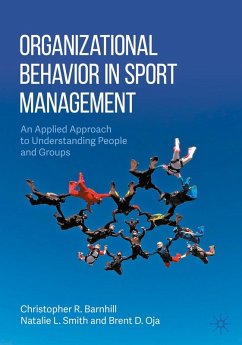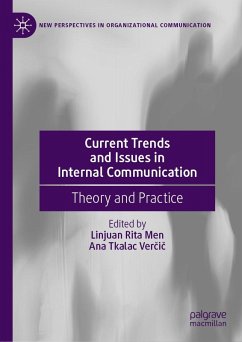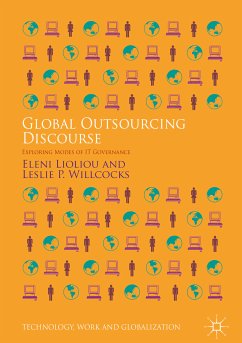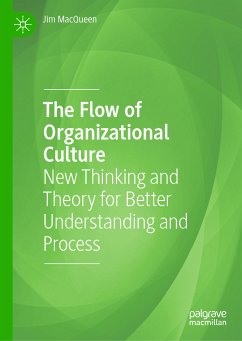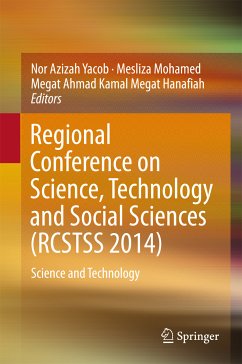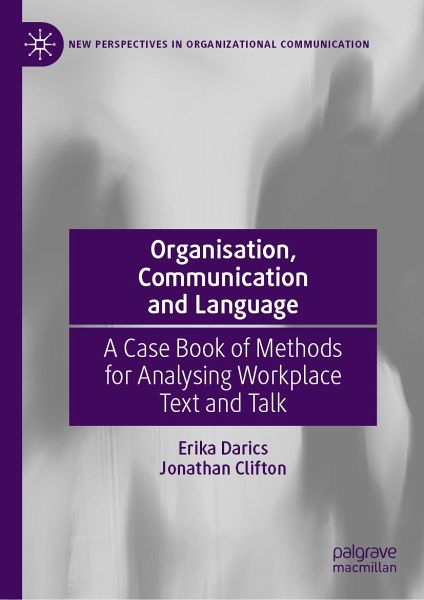
Organisation, Communication and Language (eBook, PDF)
A Case Book of Methods for Analysing Workplace Text and Talk
Versandkostenfrei!
Sofort per Download lieferbar
112,95 €
inkl. MwSt.
Weitere Ausgaben:

PAYBACK Punkte
56 °P sammeln!
This book showcases various methodological approaches to the analysis of organizational talk and text. Arguing that organizations are discursive constructions that are communicatively constituted, the authors use the analysis of transcripts of audio-recordings of naturally-occurring workplace talk and authentic written texts to demonstrate what applied linguistics has to offer to scholarly research into organizations as well as management practice and training. The authors discuss the theoretical underpinnings of discursive approaches to the role language in the communicative constitution of o...
This book showcases various methodological approaches to the analysis of organizational talk and text. Arguing that organizations are discursive constructions that are communicatively constituted, the authors use the analysis of transcripts of audio-recordings of naturally-occurring workplace talk and authentic written texts to demonstrate what applied linguistics has to offer to scholarly research into organizations as well as management practice and training. The authors discuss the theoretical underpinnings of discursive approaches to the role language in the communicative constitution of organization, and then each chapter focuses on one particular analytical approach. The chapters cover conversation analysis; membership categorization analysis, positioning theory; ventriloquism; metaphor analysis; and metadiscourse analysis and computer-mediated discourse analysis. Consequently, this interdisciplinary work presents a number of methods that allow researchers unfamiliar with fine-grained linguistic analyses of naturally-occurring talk and text to explore ways of adding to their repertoire of research skills.
Dieser Download kann aus rechtlichen Gründen nur mit Rechnungsadresse in A, B, BG, CY, CZ, D, DK, EW, E, FIN, F, GR, HR, H, IRL, I, LT, L, LR, M, NL, PL, P, R, S, SLO, SK ausgeliefert werden.




